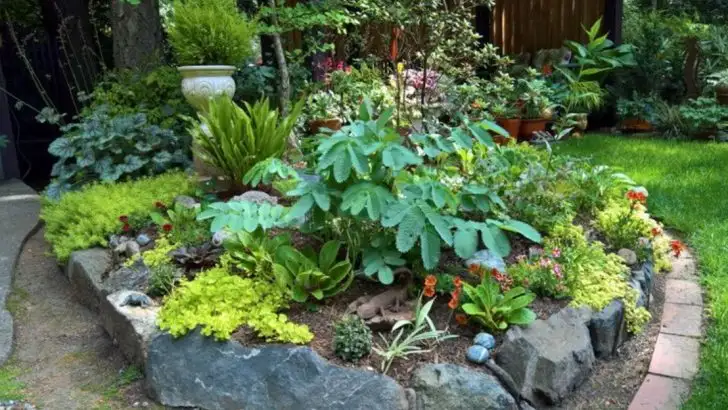Rain is not your biggest problem. You are. At least when it comes to your garden. In the Pacific Northwest, it’s easy to blame the weather—too wet, too gray, too unpredictable. But the truth? It’s often human error that sends plants to an early, soggy grave. Too much love. The wrong soil. A tragic misunderstanding of drainage. These mistakes don’t just happen—they repeat, season after season. If you’ve ever watched a prized plant drown, rot, or mysteriously vanish, you’re not alone. But you can fix it. Here are 11 garden mistakes you’ll want to stop making in the PNW’s rainy wonderland—before your plants revolt.
Ignoring Soil Drainage
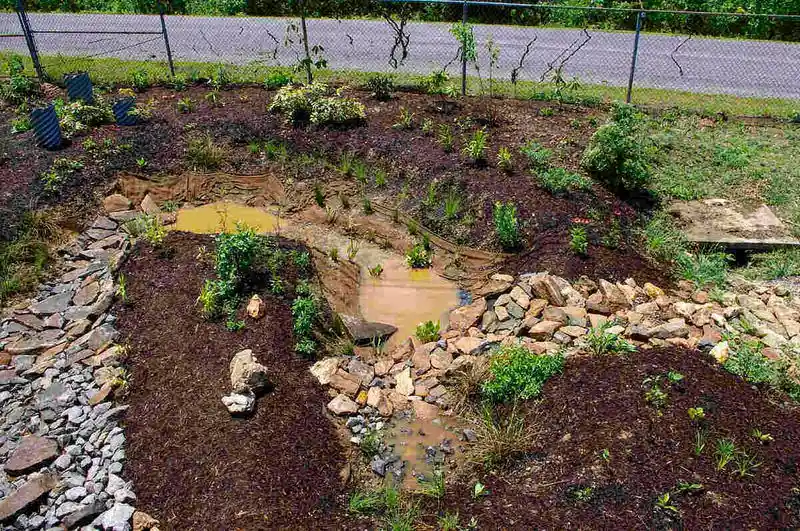
In the Pacific Northwest, waterlogged soil can spell disaster for plants. Many gardeners overlook the importance of proper drainage, leading to root rot and plant failure.
Consider installing raised beds or using containers to improve drainage. Amending the soil with organic matter such as compost or sand can also enhance its structure.
Ensuring that your garden has adequate runoff paths prevents water accumulation. Strategically placing plants that thrive in wet conditions, like ferns and hostas, can turn a soggy plot into a lush, thriving oasis.
Planting Non-Native Species
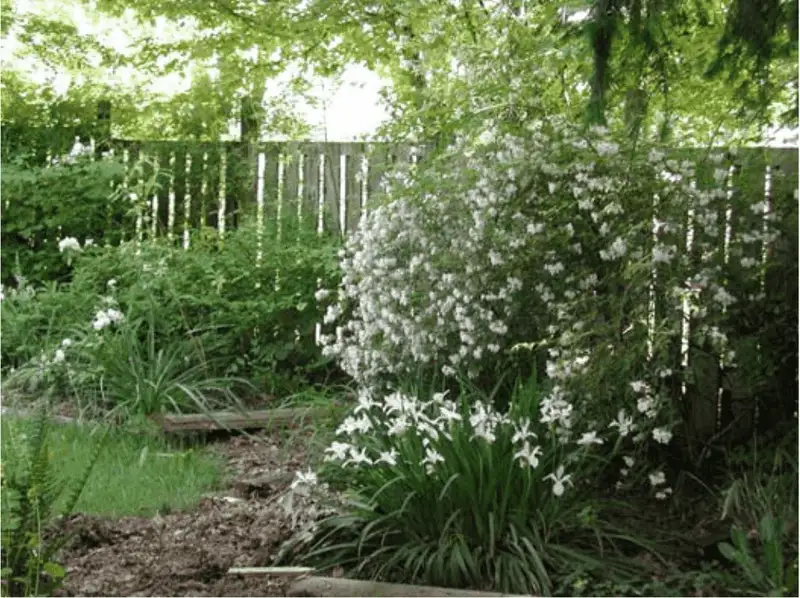
The temptation to plant exotic species can be strong, but in the Pacific Northwest, native plants adapt best to the climate. They require less water and maintenance, thriving effortlessly.
Non-native species often struggle, becoming susceptible to the region’s distinct moisture levels and pests. By prioritizing native plants, you enhance biodiversity and support local wildlife.
Researching native options like Salal, Oregon Grape, and Nootka Rose can enhance your garden’s health and resilience, turning it into a sustainable habitat.
Overlooking Seasonal Changes
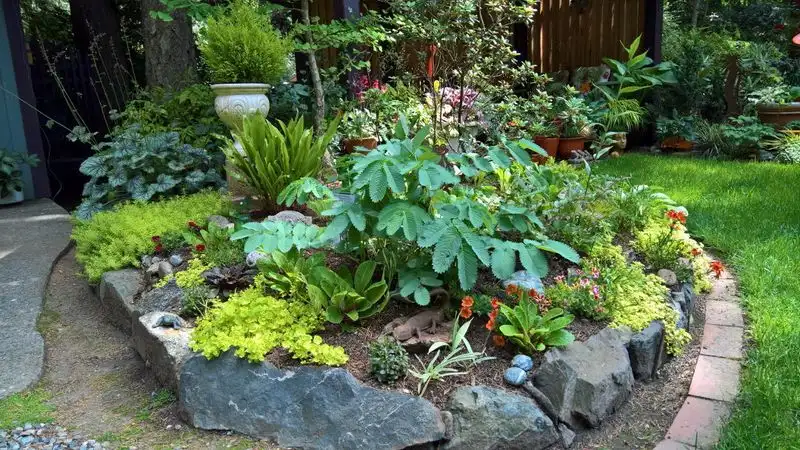
Embracing the seasons is crucial for gardening success in the Pacific Northwest. Many gardeners forget to adjust their care routines, resulting in poorly timed planting and pruning.
Understanding the local climate’s seasonal shifts allows for better planning, from planting bulbs in the fall to pruning in late winter. Observing plant behavior guides these decisions.
By aligning your gardening practices with the natural calendar, you promote healthier growth and blossoming. Maintaining a garden diary can track seasonal patterns, ensuring timely interventions.
Neglecting Mulching
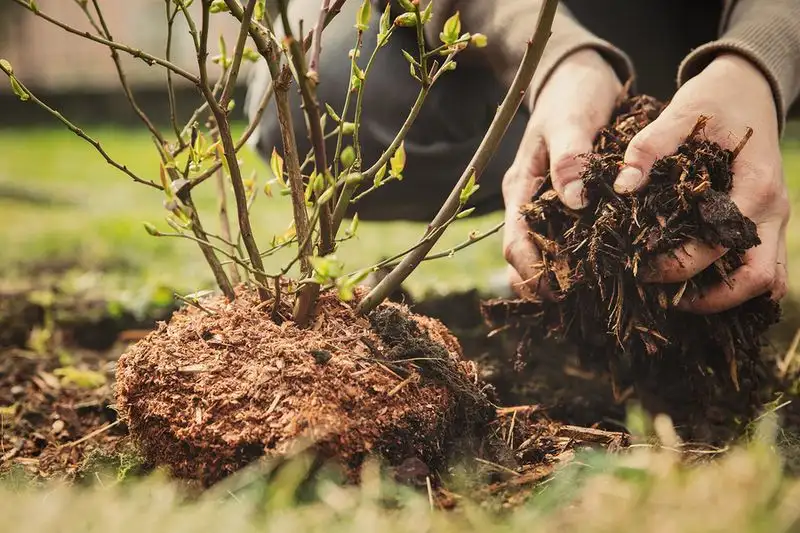
Mulching often goes overlooked, yet it plays a vital role in the Pacific Northwest’s rainy climate. This simple practice helps retain soil moisture, suppress weeds, and regulate temperature.
Choosing the right mulch, such as bark or straw, benefits plant health by providing essential nutrients as it breaks down. Mulch also protects against erosion and compaction.
Regularly refreshing mulch layers keeps your garden vibrant and reduces maintenance. It’s an essential, easy-to-overlook step that can dramatically improve plant vitality and garden aesthetics.
Ignoring Pest Management
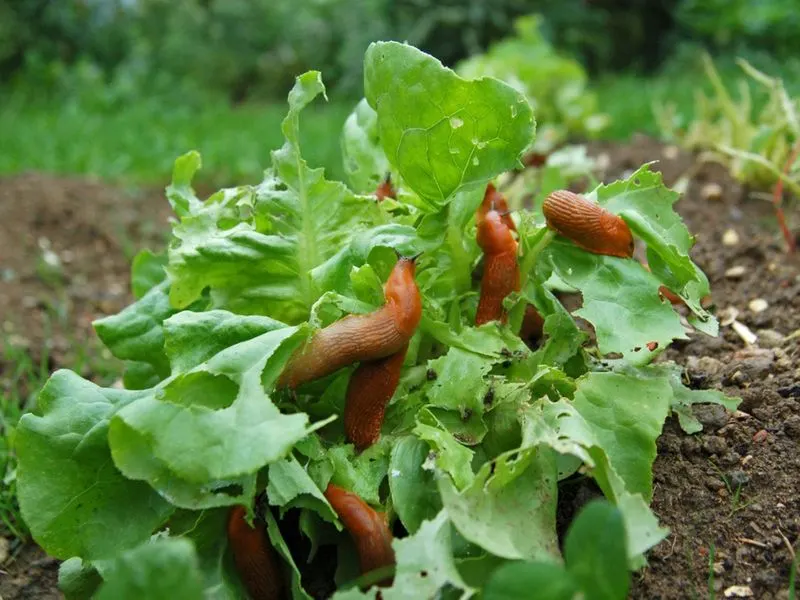
In the lush Pacific Northwest, pests find a perfect breeding ground. Ignoring pest management can lead to infestations that devastate your garden.
Utilizing integrated pest management (IPM) strategies can effectively control pests with minimal environmental impact. Encouraging beneficial insects like ladybugs and using organic pesticides are effective methods.
Monitoring regularly and identifying pest threats early allows for timely intervention. Developing a pest management plan can keep your garden thriving while maintaining ecological balance.
Overwatering Plants
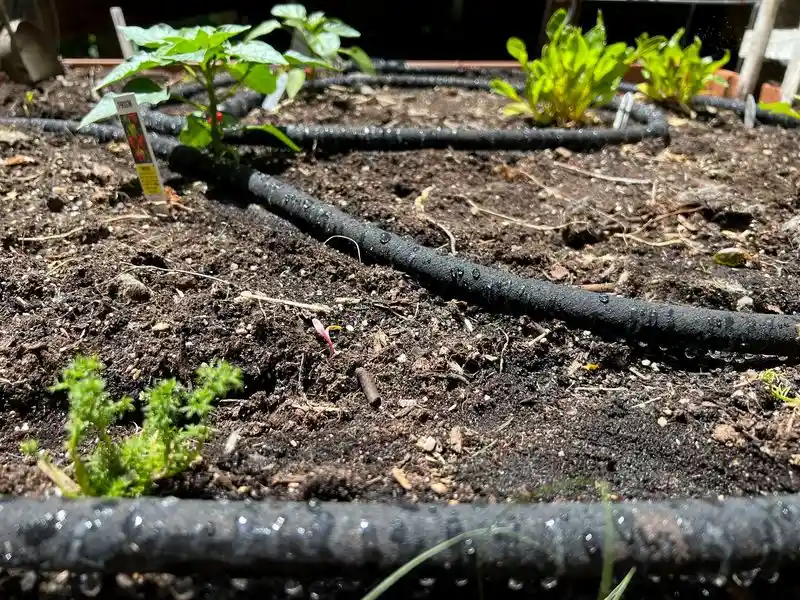
Despite the rain, many Pacific Northwest gardeners mistakenly overwater their plants. This leads to root rot and fungal diseases, which thrive in overly moist environments.
Understanding each plant’s watering needs helps prevent this common error. Installing drip irrigation systems ensures consistent, efficient water delivery.
Monitoring soil moisture levels before watering can prevent excess. A simple finger test or moisture meter guides you, promoting healthier growth. Balancing natural rainfall with supplemental watering maintains garden vitality.
Ignoring Soil Acidity
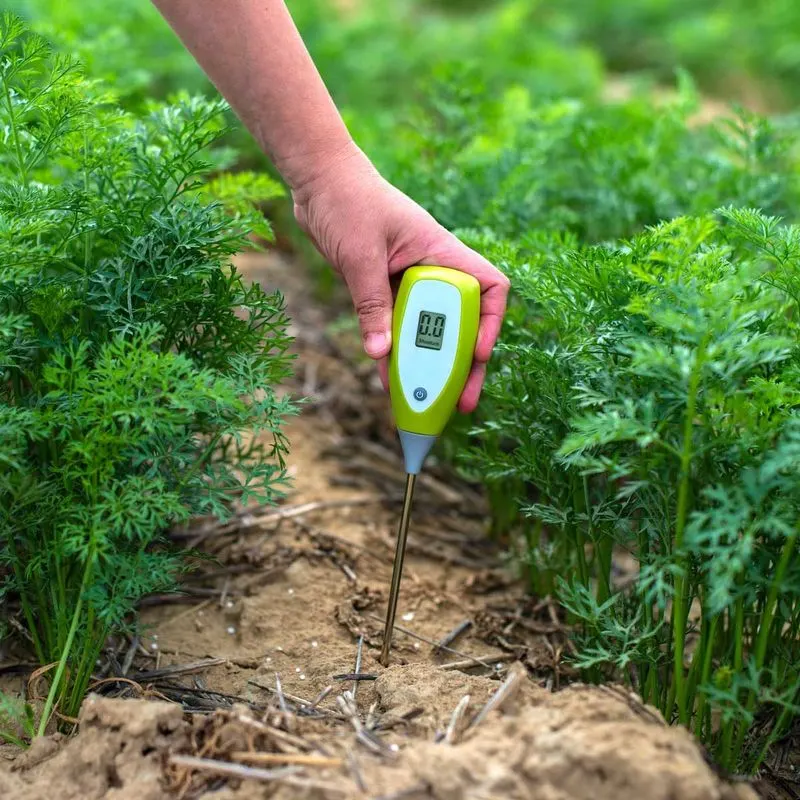
The Pacific Northwest’s soil tends to be acidic, and overlooking this aspect can hinder plant growth. Many plants struggle with acidic conditions, leading to nutrient deficiencies.
Conducting a soil pH test identifies acidity levels, allowing for targeted amendments. Applying lime can neutralize acidity, creating a more suitable environment for a wider variety of plants.
Regularly monitoring soil pH ensures ongoing plant health. Tailoring your soil management practices to the local conditions can transform your garden’s productivity and vitality.
Skipping Soil Testing
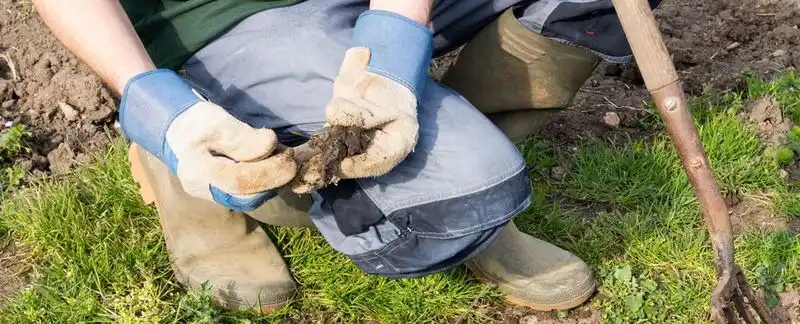
Soil testing is often neglected, yet it’s crucial for understanding your garden’s health. In the Pacific Northwest, soil composition varies, affecting plant growth.
Performing routine soil tests can reveal essential information about nutrient levels, pH, and soil composition. This allows for precise amendments and fertilization strategies.
Implementing regular soil testing ensures your plants receive the nutrients they need to thrive. With this knowledge, you can make informed decisions to enhance your garden’s fertility and productivity.
Improper Pruning Techniques
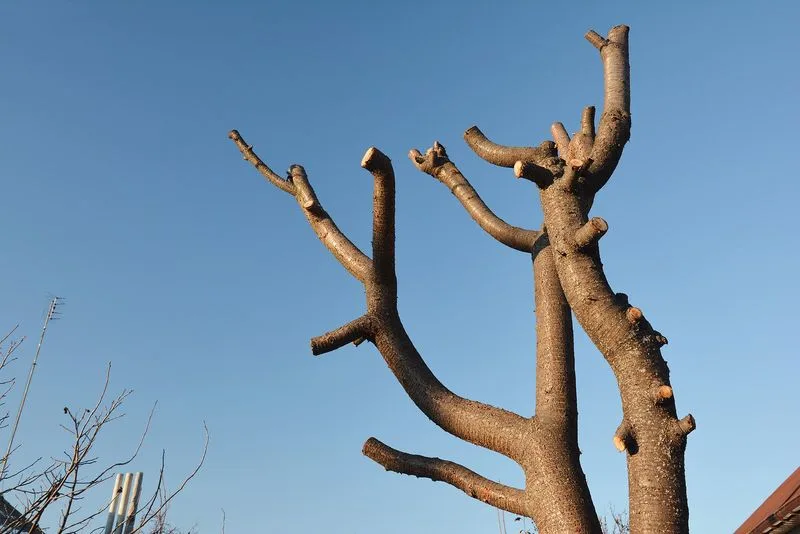
Pruning can make or break a garden’s appearance and health. In the Pacific Northwest, improper techniques can lead to disease and poor growth.
Learning the correct pruning methods for specific plants is essential. Timing is crucial; prune in late winter or early spring for most species to promote robust growth.
Regularly sharpening tools and removing dead or diseased wood keeps your garden in top shape. Pruning should enhance plant form and vigor, not hinder it.
Overcrowding Plants
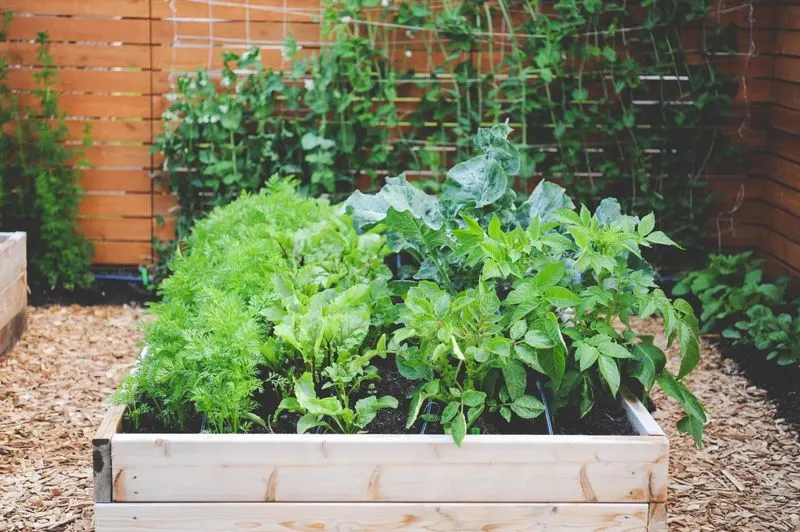
In the quest for lushness, gardeners often overcrowd plants. This common mistake leads to competition for nutrients, light, and space, stunting growth.
Strategically spacing plants ensures they have room to thrive. Consider each species’ mature size to avoid future crowding issues. Proper spacing improves air circulation, reducing fungal diseases.
Careful planning and regular thinning of plants can maintain balance and health. A well-organized garden is both visually appealing and more resilient.
Disregarding Local Wildlife
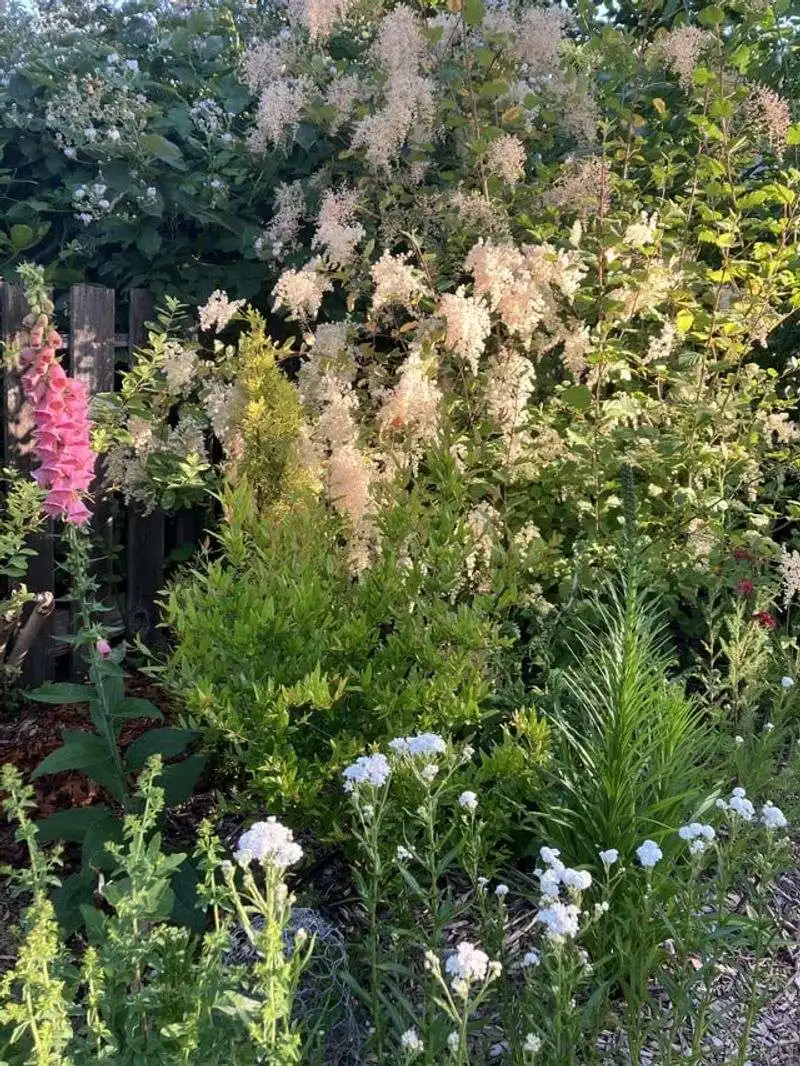
Gardens in the Pacific Northwest thrive when they coexist with local wildlife. Disregarding this relationship can lead to pest problems and reduced biodiversity.
Encouraging bees, birds, and beneficial insects enhances pollination and pest control. Installing bird feeders, bee hotels, and planting nectar-rich flowers attracts these allies.
Creating a wildlife-friendly habitat supports ecological balance. Embracing local fauna not only enriches your garden but also promotes sustainability and environmental health.

